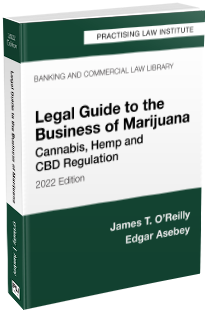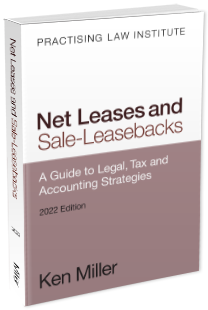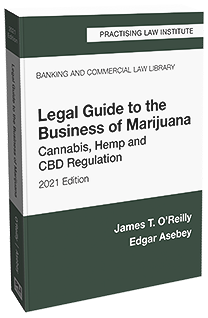
PLI Press is proud to announce the publication of the new edition of Legal Guide to the Business of Marijuana.
Updated annually, the book is a unique resource offering critical guidance on a wide range of interrelated topics for lawyers who represent clients in the fast-growing legal cannabis industry. It sorts through the complex and varying state regulation of medical and non-medical marijuana with an appendix providing the latest key state legislation (see Chapter 3 and Appendix C).
It also looks into the various aspects of establishing and managing a marijuana enterprise, including the growing, licensing, labeling, transporting, and distribution of marijuana and related products (see Chapters 7, 10, 11, 13, and 15). In addition, the guide addresses federal law, enforcement, and preemption and their implications for employment, taxes, and banking (see Chapters 8 and 9).
For lawyers new to representing cannabis clients, the authors provide an understanding of the definitions of marijuana and other cannabis products, as well as a review of the policy and political issues that have led to the controversy and uncertainty of the current environment (see the Table of Contents).
Order a print copy today.
PLI PLUS subscribers can access this title through their subscription.

